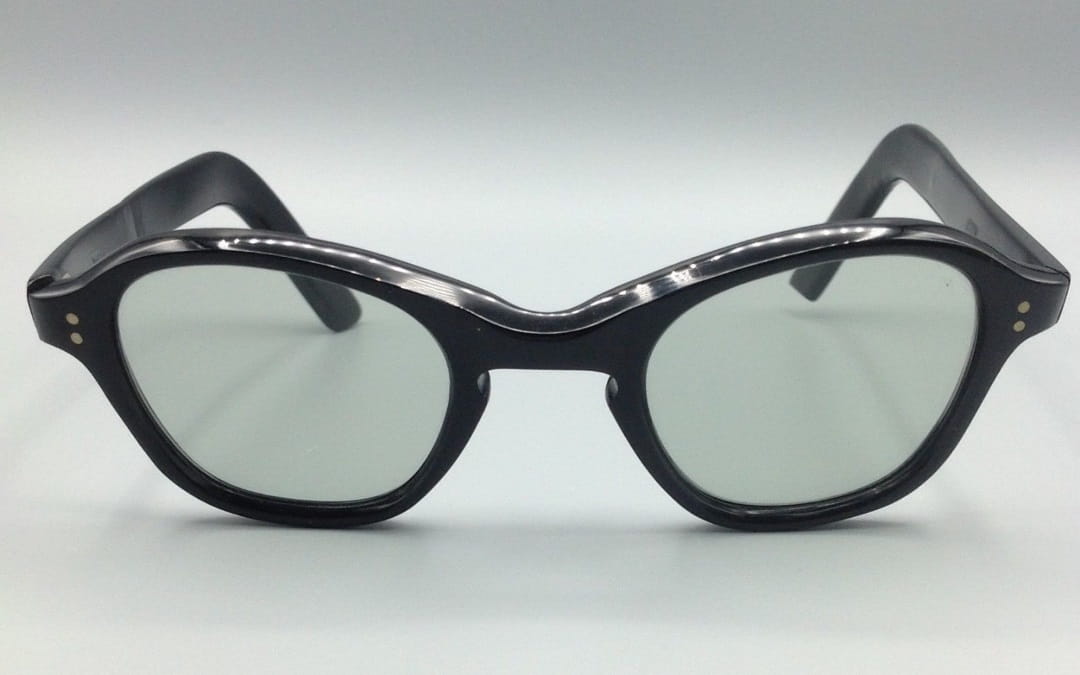Celluloid, as well as cellulose acetate, is a plastic material of natural origin, made from the cellulose of cotton fibre and the canopy.
The invention of Celluloid
It is curious how it was invented in 1869 by John Wesley Hyatt, an American printer. At the time, billiard balls were in ivory but this material was scarce and expensive. So Phelan and Collander, a snooker ball manufacturer, promoted a competition offering a prize of 10,000 dollars to those who discovered an alternative material to ivory. Hyatt won it, patented Celluloid, and founded the Albany Dental Plate Company (which later became Celluloid Manufacturing Company) which produced, among other things, billiard balls, false teeth, and piano keys. This material was also very successful because it was able to imitate almost to perfection materials such as horn, ivory, coral, etc.
Celluloid processing and characteristics
Hyatt created a very hard and durable plastic, cheap, with the possibility of being colored. Being thermoplastic (it becomes malleable from 75 degrees), it is easily workable, shock resistant, elastic, unbreakable and water-resistant. However, it is chemically unstable and highly flammable. Starting from a mixture of nitrocellulose, canfora and ethyl alcohol, you get a paste that is extruded or printed and then laminated to obtain sheets of celluloid. During the latter process, dyes are added to obtain an infinite variety of colors and patterns (striped, marbled, mottled effects). With various pressed sheets, it is possible to obtain slabs of material of the desired thickness, or bars which, once dried, are ready for cold working (on the lathe, sawn, polished, etc.) or hot working (by means of moulding, pressure drawing, blowing).
Using celluloid
In the early years of the last century, Celluloid was used for the production of many objects including umbrella handles, fountain pens, dolls, accordions, jewellery and glasses. It has been replaced for many uses by less flammable plastics with increased heat resistance and today it is mainly used to produce frames of glasses, photographic films, containers and piano keys.

